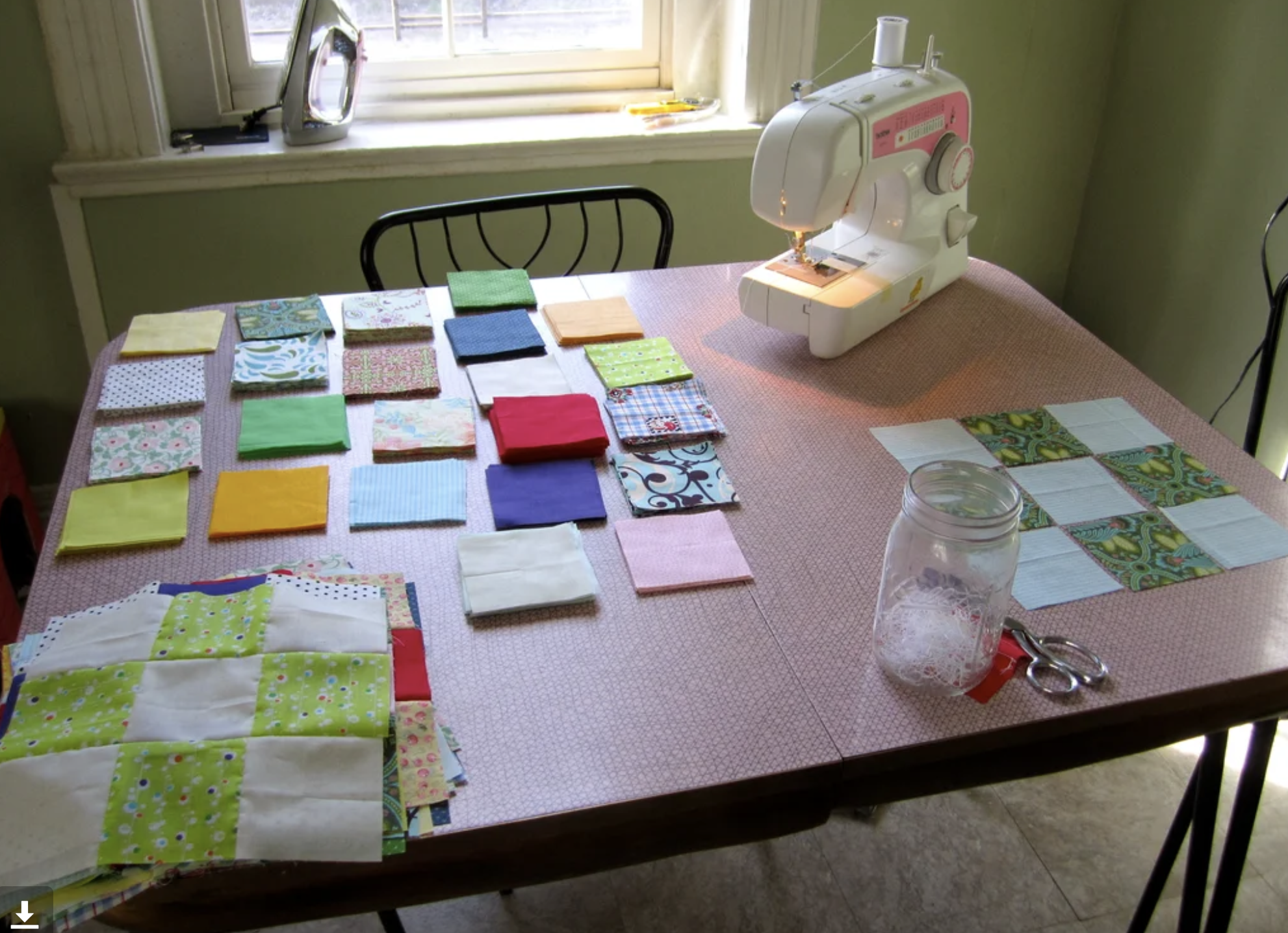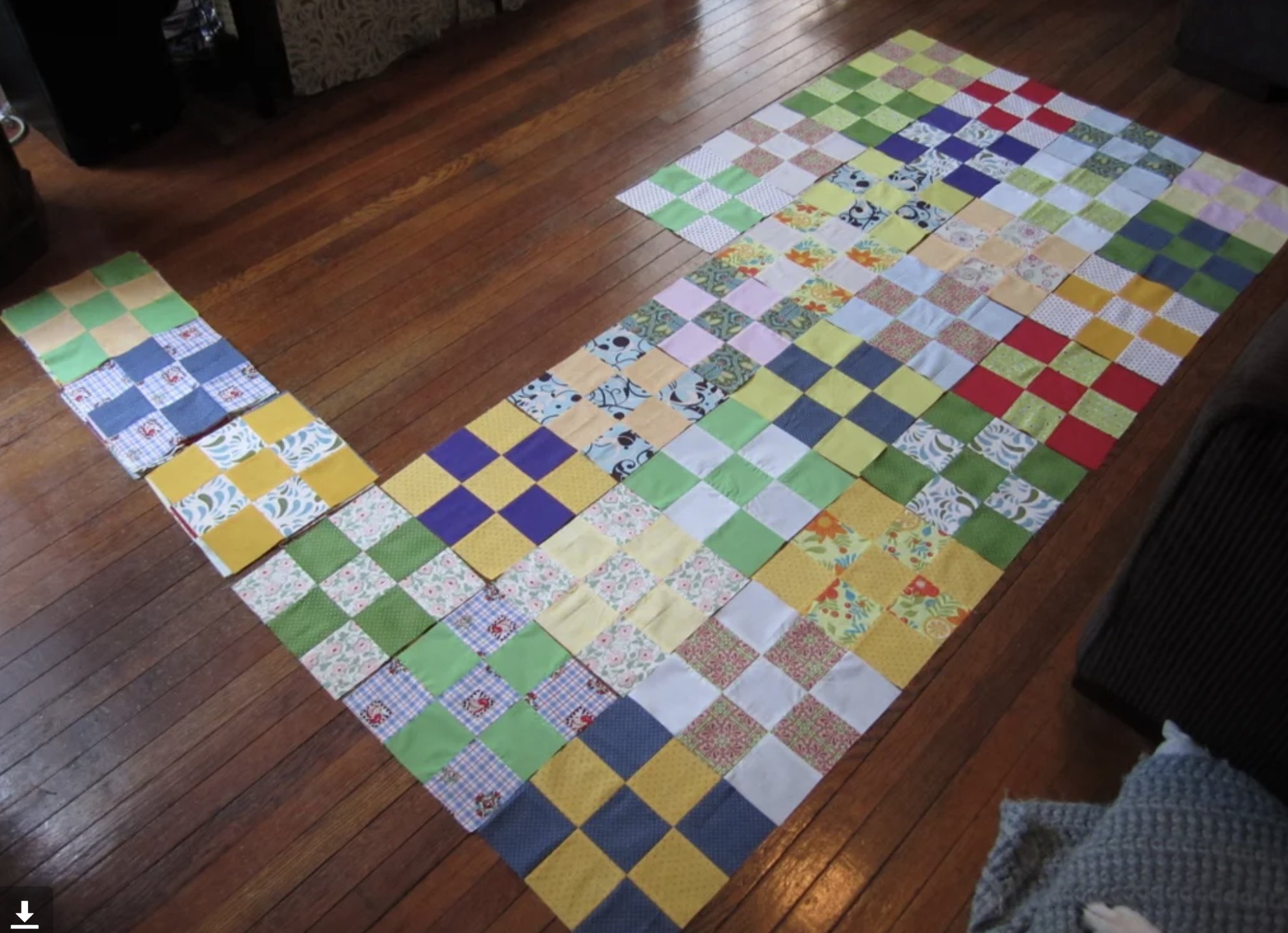Learning how to quilt by hand is a valuable skill, especially for homesteaders or those in rural areas. A hand-sewn quilt not only provides warmth but also offers a fulfilling, time-consuming project. Many homesteaders even sell or trade their handmade quilts for extra income or supplies.
If you're new to sewing, start by practicing basic stitches and knots. The great thing about quilting is that mistakes are easily fixed. This guide will take you through the process of creating a queen-size quilt by hand.
Supplies You’ll Need for Your Queen-Size Quilt
- Size 10 Quilting Needle
- Fingertip Thimble
- Cotton Thread
- Quilting Scissors
- Painters Tape (optional)
- Mechanical Fabric Pencil (vanishing ink or chalk markers are also suitable)
- Quilters Hoop or Quilting Frame
- Fabric
- Queen-Size Batting (90” x 108” or 10 square yards)
- Backing fabric (90” x 108”)
- Double Fold Bias Tape (optional, or 33 feet of fabric for binding)
- Bias Tape Maker
Important Quilting Dimensions
- Mattress Size: 60" x 80"
- Quilt Size: 90" x 108"
- Columns: 7
- Rows: 9
- Total Squares: 566
- Square Size (cut): 4 ¼” x 4 ¼”
Cutting the squares is time-consuming but crucial. Plan your fabric purchases based on your quilt size, with approximately 10 yards needed for a queen-size quilt.
Quilting Definitions
- Backing
- The fabric forming the back of a quilt.
- Batting
- The insulation layer that adds warmth to a quilt. Common materials include cotton, polyester, or wool.
- Bias Tape
- Strips of fabric used to bind quilt edges.
- Blocks
- Units of pieced fabric, typically squares, used to create quilt patterns.
- Loft
- The thickness of batting, affecting the quilt’s warmth and weight.
- Seam
- Lines where fabric pieces are sewn together.
Step-by-Step Guide: Crafting Your Queen-Size Quilt
1. Prepare Your Workspace
Choose a spacious area with a large table to organize your materials.

2. Select and Prepare Your Fabric
Launder and iron the fabric to prevent shrinkage and ensure smooth cutting.
3. Cut and Arrange Quilt Squares
Use a fabric cutter or scissors to cut squares accurately. Arrange them in your desired pattern before sewing.
4. Assemble Quilt Blocks
Hand sew squares using a running stitch, leaving a ¼ inch seam allowance. Flatten seams with an iron for easier assembly.












